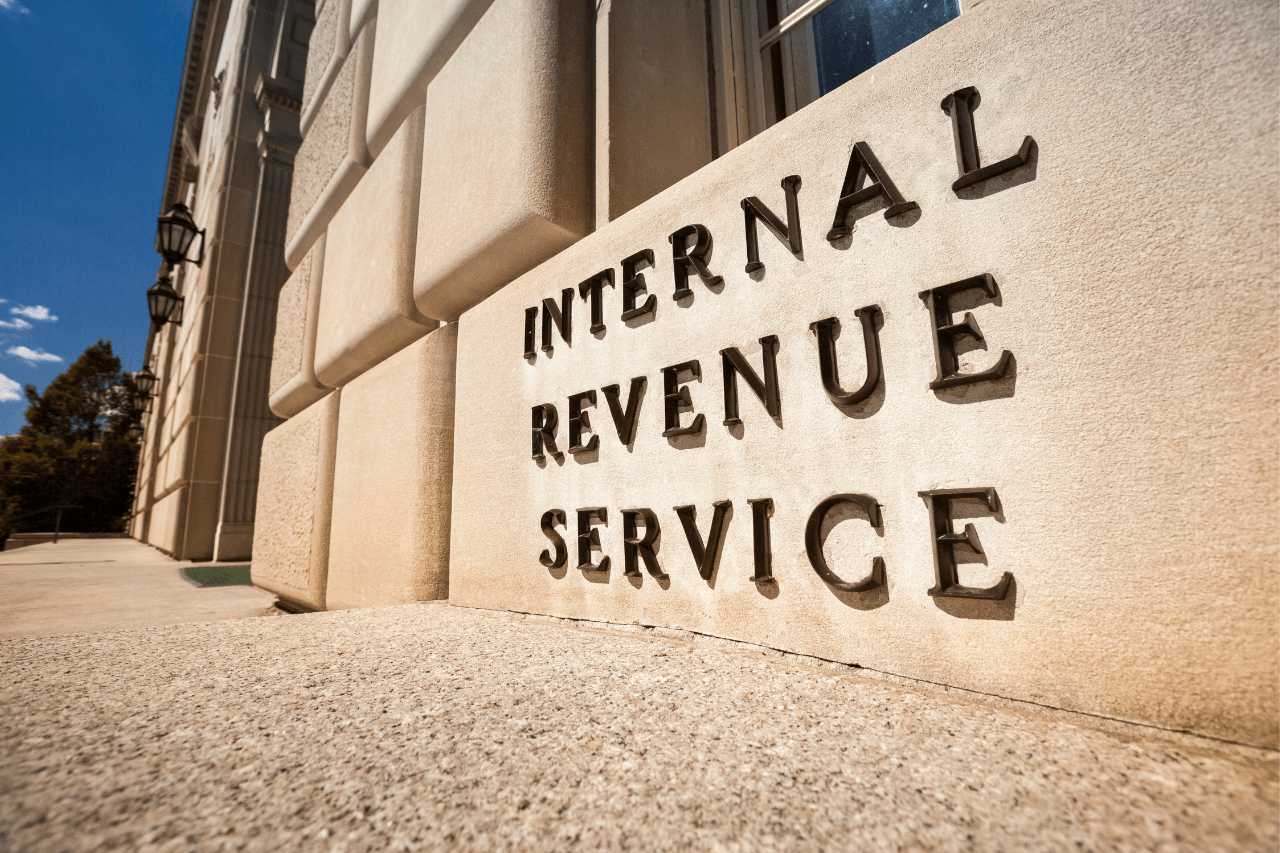IRS Stops Processing New Employee Retention Credit Claims, Urges Employers to Seek Trusted Tax Professionals for Help

On September 14, 2023, the IRS published Information Release (IR) 2023-169 announcing IRS Commissioner Danny Werfel’s order to immediately stop processing new employee retention credit (ERC) claims. The moratorium will be in place at least through December 31, 2023.
The IRS also issued IR-2023-170 on the same day, urging businesses to seek out a trusted tax professional who understands the complex ERC rules if they have been approached by aggressive ERC promoters.
The moratorium is designed to allow the IRS to spend more time reviewing each claim to better determine its legitimacy. The need for more scrutiny stems from a belief inside the IRS that most legitimate claims have already been filed and that the recent flood of ERC claims has been filed by honest businesses that were pressured and tricked by promoters with aggressive marketing tactics resulting in questionable claims. Werfel said, “The moratorium will help protect taxpayers by adding a new safety net onto this program to focus on fraudulent claims and scammers taking advantage of honest taxpayers.”
The IRS will continue to work on ERC claims filed before September 15, 2023, but the processing times will be longer due to stricter compliance reviews before the approval of payouts. The agency announced earlier in IR-2023-135 that it was shifting its focus and intensifying its audit and criminal investigations of promoters and businesses filing questionable claims. According to IR-2023-169, hundreds of criminal cases are being investigated, and thousands of ERC claims have been referred for audit. The IRS believes the enhanced compliance reviews are critical to protect the government against fraud and to protect businesses from the hardship and penalties arising from the need to repay amounts received based on invalid claims.
What is the Employee Retention Credit?
The employee retention credit is a refundable employer tax credit designed for employers that continued to pay employees during the COVID-19 pandemic while their business operations were fully or partially suspended due to governmental order or that had a significant decline in gross receipts during the eligibility periods compared to 2019.
Under the CARES Act, the maximum ERC amount that an eligible employer could claim in 2020 was $5,000 per employee. That amount was increased to $7,000 per quarter in 2021 through the quarter ending September 30, 2021, for a total maximum amount of $21,000 per employee. In total, an eligible employer could claim up to $26,000 of ERC per employee for the period between 2020 and 2021.
Red Flags
IR-2023-170 warns employers to watch out for aggressive marketing by tax promoters and marketing firms and lists the following red flags:
- Unsolicited calls or advertisements mentioning an “easy application process.”
- Statements that the promoter or company can determine ERC eligibility within minutes.
- Large upfront fees to claim the credit.
- Fees based on a percentage of the ERC refund claimed.
- Preparers who seek anonymity by refusing to sign the ERC return being filed by the business, as well as refusing to supply their identifying information and a tax identification number. Similar to “ghost preparers,” this practice limits the risk to just the taxpayer claiming the credit.
- Aggressive claims from the promoter that the business receiving the solicitation qualifies for the credit before any discussion of the taxpayer’s tax situation. In reality, the ERC is a complex credit that requires careful review before applying.
The IRS continues to outline other concerns:
- Broad statements that all employers are eligible and lack of consideration of key details, including required adjustment to deductible expenses equal to the credit, coordination with Paycheck Protection Program forgiveness, and failure to provide company with workpapers on how the credit is computed.
- Mistaken supply chain arguments that fail to take into account the IRS’s legal guidance in July 2023 that made it clear that supply chain disruptions do not qualify an employer for the credit unless they are due to a government order. Employers that experienced supply chain disruptions qualify for ERC only if they had to suspend their business operations because their suppliers were unable to provide critical goods or materials due to a government order that caused the supplier to suspend its operations.
Next Steps
Employers that have already filed a claim not prepared by a trusted tax advisor should carefully review the two IRs from the IRS, and if they see any red flags or other concerns listed by the IRS, they should have their claim reviewed by a trusted tax professional. If the review does not support the claim as it was filed, then corrective action should be pursued.
For employers who have a pending claim filed that has not been processed or paid, the IRS will allow the claim to be withdrawn. More information regarding how to withdraw a claim will be made available by the IRS in the near future.
For employers who already received an ERC payment based on a claim now believed by the employer to be in error, the IRS will develop an ERC settlement program that will allow employers to repay the ERC claims. Under the settlement program, employers will be able to avoid penalties and other future compliance actions. According to the IRS, more details about the settlement program will be available later this year.
The moratorium is a pause for processing new ERC claims and currently does not modify the statute of limitations to file legitimate claims. Therefore, an employer considering filing an ERC claim should proceed with the assistance of a trusted tax advisor.
